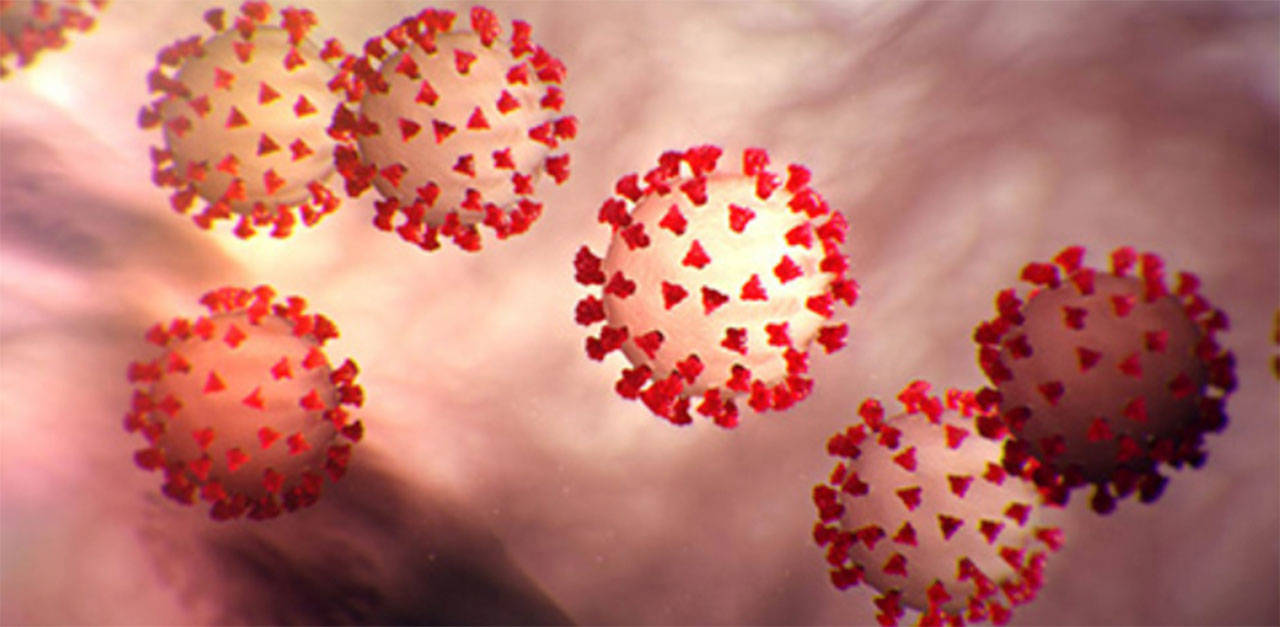COVID-19 activity is falling in Kitsap County and a vaccine effort is underway, but there is still a long road to the finish line as the demand for doses exceeds supply.
That took away one of the county’s most important vaccination sites this week as the clinic at St. Michaels Medical Center in Bremerton had to be put on standby as it did not receive a vaccine allocation from the state.
The county, which does not have a say in where the vaccine is distributed, administered 430 doses Jan. 21-22, but was able to increase that number to 2,070 from Jan. 26-29.
“We’re really disappointed about that,” said Kitsap Public Health District administrator Keith Grellner, “because we were really up and running, and we got things really humming along last week.”
As of Feb. 3, just shy of eight weeks since the Pfizer/BioNTech vaccine was approved, and seven weeks after for Moderna, a total of 27,964 doses had been given by Kitsap facilities and over 3,000 had received both doses.
“It’s a good start, but we’re a long way from our community target numbers,” said Dr. Gib Morrow, KPHD health officer.
Kitsap Public Health’s goal is to get 70 percent of the county vaccinated in six months, which is about 15,000 doses per week, but that will be dependent upon getting enough doses from the state. Currently, demand exceeds supply as only 20 of the 38 provider groups in Kitsap have received vaccines so far.
“We believe we have the vaccination capacity to get there; we just don’t have the vaccines,” Morrow said.
Kitsap in Phase 1
This week, the state made changes to how it was going to allow regions to open up. Regions now only have to hit three of four metrics, and they will be reevaluated every two weeks.
With those modifications, King, Snohomish and Pierce counties, which have the highest, second-highest and fourth-highest rates of disease activity in the state, were allowed to move to Phase 2, along with Thurston, Lewis, Pacific and Grays Harbor counties.
Naturally, that led to questions from local officials on the state’s methodology since larger regions with higher populations will look better in this analysis, even if they still have overall higher transmission rates.
The data used is also old, and doesn’t capture a region’s current state, Grellner said. The data used to allow the Puget Sound and West regions to move to Phase 2 were from Dec. 20 to Jan. 2 and Jan. 3-16.
Basing it on trends rather than rates also hurt areas with smaller populations because it only takes a small movement in the number to move the needle.
“It really penalizes smaller regions,” Grellner said.
COVID falling
The good news is that confirmed cases have fallen over the past two weeks. Kitsap reached a high of 256 cases per 100,000 residents Jan. 8, and that number had fallen to 142.9 cases per 100,000 three weeks later.
While that’s still much higher than in the spring and summer, it’s an encouraging trend, and it mirrors one happening statewide.
“It’s important to state they’re still too high,” Morrow said. “They’re over three to four times higher than they were back in October.”



